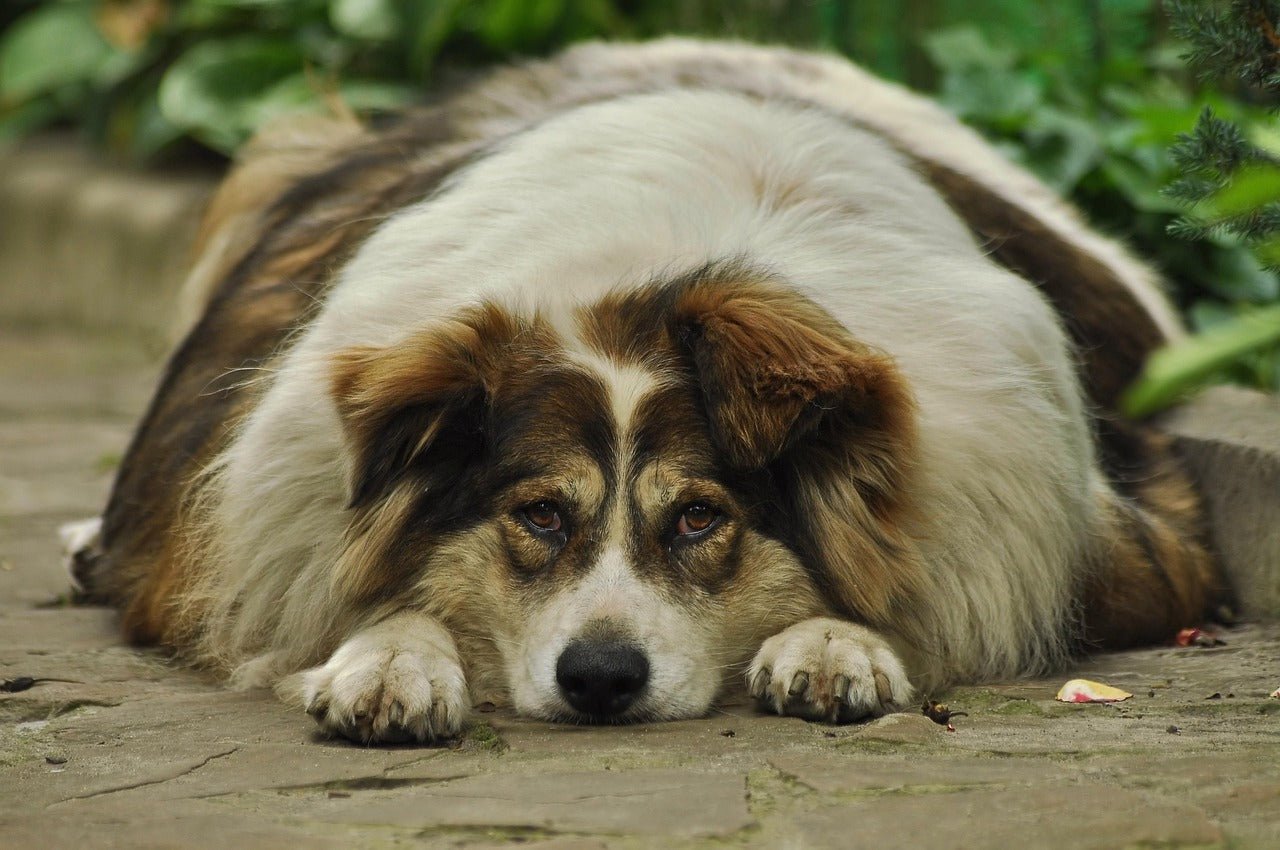Is My Dog Overweight? How to Tell if Your Dog is Fat
- by Andrea Nunez
-

Just like humans, overweight dogs are susceptible to more health issues than dogs of a healthy weight. Obese dogs have an increased risk of developing cancer, diabetes mellitus, and heart disease. They can also experience joint issues, urine incontinence, and breathing difficulties. For this reason, it is important to be aware of your dog’s weight, and adjust their diet and lifestyle accordingly if you suspect that they are overweight.
How to Tell if a Dog is Overweight
A visit to your local vet is the best way to determine whether your dog is overweight, but there are some signs that you can look out for at home. A dog of healthy weight will generally have a distinct difference between the chest and stomach, while an overweight dog will have no waist, and no distinction between the chest and stomach.
Feel along your dog’s side
A dog of healthy weight should have:
- A smooth, tucked-in waist
- Ribs that you can feel easily, without a thick layer of fat on top
- A chest that is wider than their abdomen
- A spine that you can feel easily, that doesn’t stick out
Feel along your dog’s back and under their tummy
A dog of healthy weight should have:
- No build-up of fat where the tail meets the back
- A tummy that goes in, and doesn’t bulge out
Observe your dog’s behaviour
An overweight dog may pant more when taken out for a walk, and may be slower than other dog’s their age and size. They may also sleep more than usual.
Is it OK for a Dog to be Slightly Overweight?
If you suspect that your dog is overweight, you should seek advice from your local vet. Weight gain can be a symptom of another, underlying health issue, and so it should be investigated before you try altering you dog’s diet and exercise.
If your dog is overweight, it can have a negative impact on their general health, including an increased risk of heart disease and cancer. Your vet will be able to advise on the best strategy for lowering your dog’s weight.
What is the Fastest Way for a Dog to Lose Weight?
The best way to help your dog lose weight is to give them plenty of opportunity to exercise, modify their diet and portion sizes, and take them for regular check-ups with your local vet.
Exercise
If you’re trying to encourage weight loss, increase the amount of exercise that your dog does on a daily basis. Take them for an extra walk, and play active games with them throughout the day to burn some extra calories.
Check out the range of sustainable dog collars and leashes from Nina Woof to give your pet the best exercising accessories.
Diet and portions
It may be necessary to put your dog on a low-calorie diet, if prescribed by your vet. This will ensure that they are eating the correct number of calories for their size, age, and breed.
It is also an excellent idea to give your dog a strict eating routine, feeding them the same portions at the same time every day. Make sure that the whole family, including anyone who regularly looks after your dog, is on board with any changes you make to diet and portion size.
Check-ups
Weight gain and loss can be signs of an underlying illness. If your dog’s weight is changing quickly, it can be a sign that something more sinister is going on. Take your dog for regular check-ups so that a qualified vet can check their weight and overall health.





